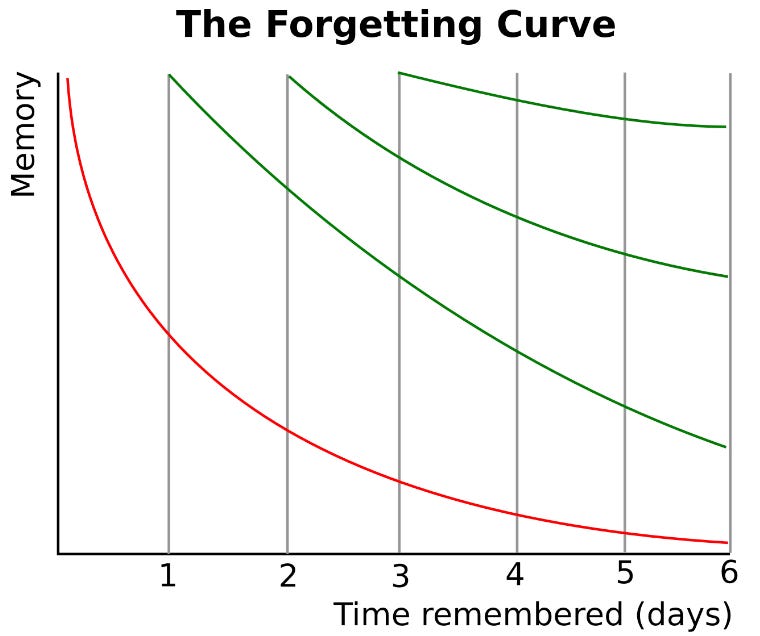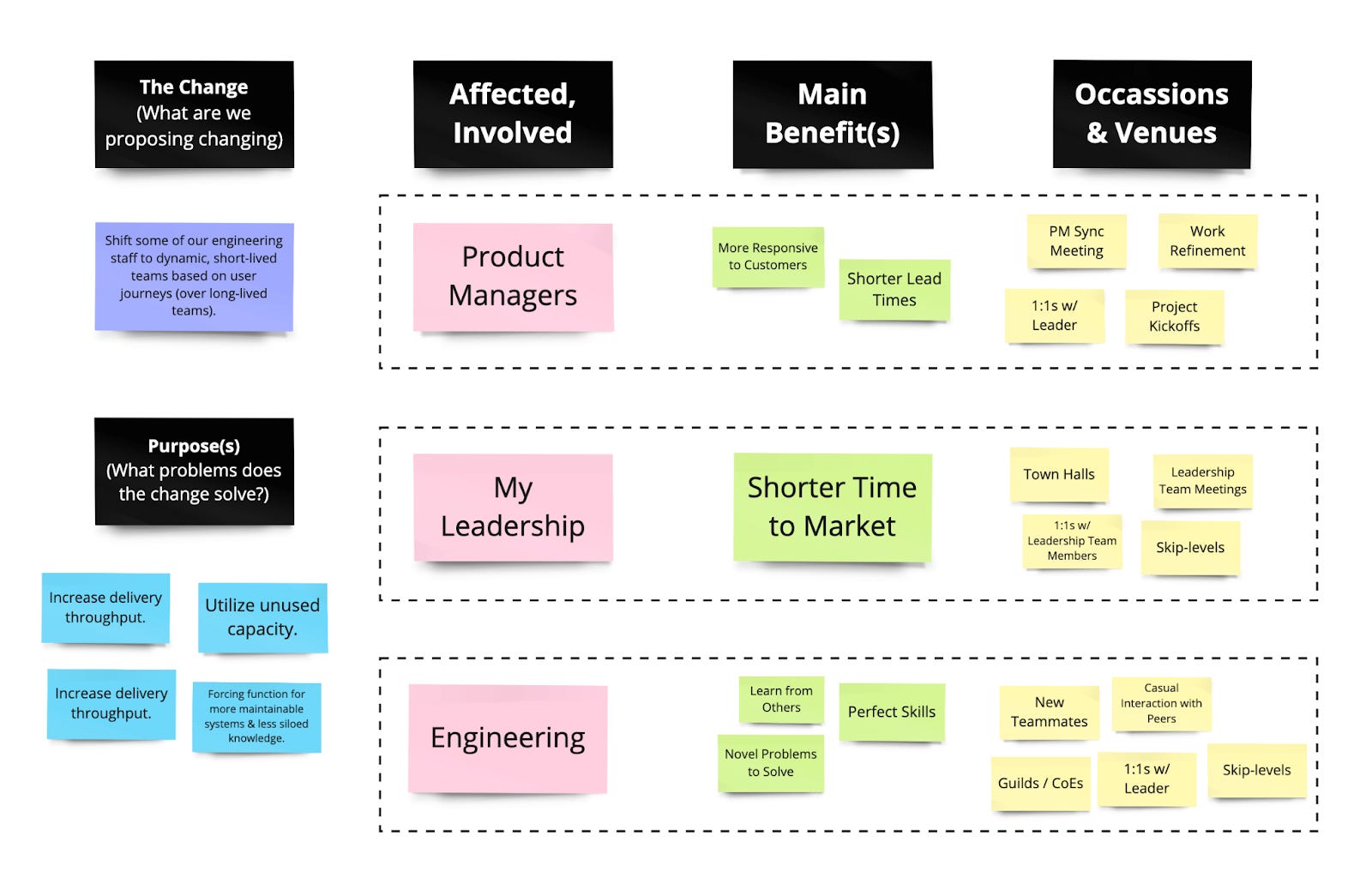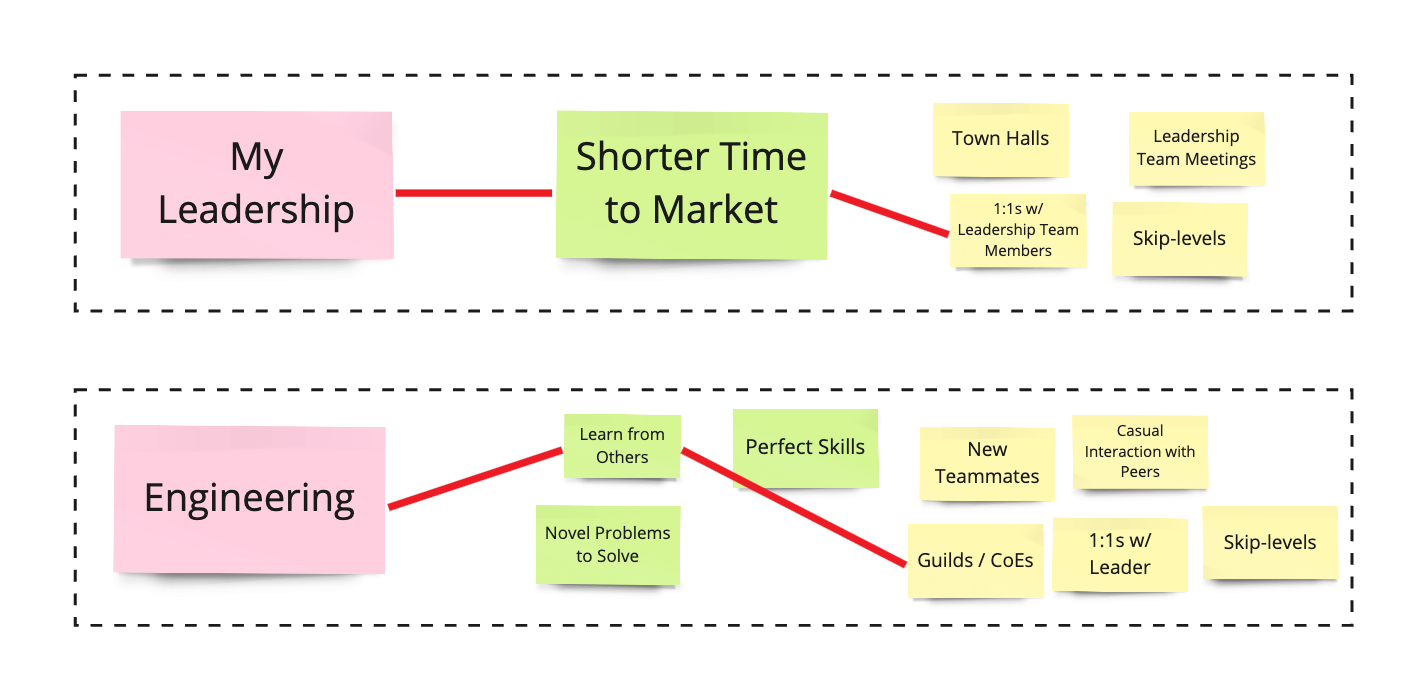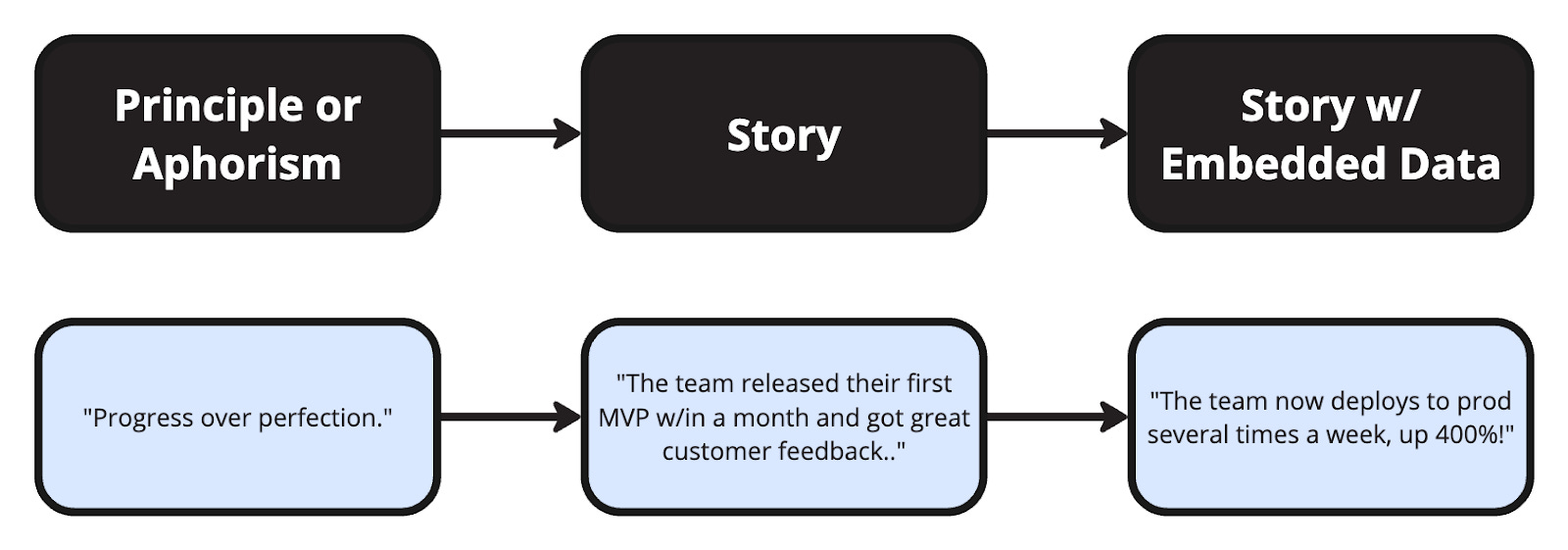A Leader’s Guide to Overcommunication
A - Always, B - Be, C - Communicating
Communication, specifically overcommunication, is a lever for alignment, focus, and enrollment—three key ingredients in any successful change.
We know this, yet some leaders find repeatedly beating the drum painful.
In our work at Nerd/Noir, we partner with leaders to help refine their vision and devise a communication strategy. Today, I want to share an exercise we use to refine communication and make it more effective.
The profound role of communication in change.
John Kotter is a source of inspiration for me when discussing big changes.
In Kotter’s work, he repeatedly emphasizes the critical role of communication in driving successful transformation efforts. He argues that effective communication is essential to overcome resistance and garner widespread support for the change initiative.
Sense of Urgency: Get everyone on board about why this change needs to happen, like, yesterday.
Overcommunicating the Vision: Repeat the vision until people can recite it in their sleep.
Consistency and Clarity: Keep it simple and stop mixing messages—no one likes a scratched record.
Engaging and Inspiring: Make the change sound like an awesome opportunity for your people.
Two-Way Communication: Listen to feedback—yes, even from Jerry in accounting.
Multiple Channels: Use every method possible to get the word out; carrier pigeons if necessary.
Leadership Visibility: Leaders, step out of your office and show your faces—lead by example and model that behavior!
From this, we can surmise that messages coming from leadership must be battle-tested, repeated, refined through interaction, repeated, expressed with enthusiasm, and repeated. Did I forget to mention repeated?
It’s a simple word, communication, but not without its challenges in execution.
The many failure modes of communication.
We can take Kotter’s list and map a negate function to find failure modes. Like so:
Low stakes: I’ve got a lot of work on my plate, and this change doesn’t apply to me. I can ignore it.
Undercommuncating the vision: People forget your vision or can’t see themselves in it because you haven’t repeated it enough to be remembered.
Unclear or inconsistent messaging: Wait a second. Do you want me to do X or Y? Which is it?
Boring and droll: What’s in it for me? That doesn’t sound very exciting.
One-way communication: I’ve got ideas about this, but no one will listen. I guess I’ll keep my head down and my thoughts to myself.
Broadcast only: What was our CTO saying in that all-hands meeting last month?
Leadership visibility: I’m more likely to come into contact with Sasquatch than a VP around these parts.
Problems with communications emerge from these root causes.
Disenfranchisement may result from a lack of belief in commitment, feasibility, or support for the change.
The message might evaporate into the ether because of a weak delivery, or people might not catch it because it’s rarely mentioned.
And your message won’t resonate if people can’t relate it to their role and work. What’s my part in this? And, selfishly (which is OK), how do I benefit from this change?
Any one of these issues will slow change momentum.
All of them? Likely fatal.
Overcommunicate
Kotter describes undercommunicating as a key failure mode in transformations in his classic HBR article “Leading Change: Why Transformations Fail”:
I’ve seen three patterns with respect to communication, all very common. In the first, a group actually does develop a pretty good transformation vision and then proceeds to communicate it by holding a single meeting or sending out a single communication. Having used about .0001% of the yearly intracompany communication, the group is startled that few people seem to understand the new approach. In the second pattern, the head of the organization spends a considerable amount of time making speeches to employee groups, but most people still don’t get it (not surprising, since vision captures only .0005% of the total yearly communication). In the third pattern, much more effort goes into newsletters and speeches, but some very visible senior executives still behave in ways that are antithetical to the vision. The net result is that cynicism among the troops goes up, while belief in the communication goes down.
So, volume matters—enough repetition matters.
Communication is a loop, not a one shot.
Take a look, it's in a book!
Do you remember “Reading Rainbow”? In this children’s TV program, national treasure LeVar Burton would encourage kids (repeatedly) to read a book. He stoked up a generation or three of bookworms with consistent messaging.
Let’s apply Mr. Burton’s wisdom and find evidence in some reading materials of why repeating a message matters.
The forgetting curve is a model we use in immersive and experiential learning to visualize the value of repetition.
The forgetting curve illustrates how quickly we forget information over time if we do not attempt to retain it. The colored lines represent different scenarios: the green lines show memory retention with regular review or reinforcement, which slows down the forgetting process. In contrast, the red line indicates rapid memory loss without any reinforcement.
In short, use it or lose it.
Hermann Ebbinghaus conducted the research behind this model from 1880 to 1885.
Fun fact: In 1885, the toothbrush and Dr. Pepper (shouts
) were invented!Given this, you might be tempted to call the research outdated. But no! A 2015 study found similar results, concluding that “replications, including ours, testify to the soundness of his results.”
You don’t have to take my word for it. The forgetting curve describes a real phenomenon!
Do you want people to start enrolling in and engaging with your vision?
A - Always, B - Be, C - Communicating.
Segmentation and Targeting
The thing is, you don't have to put one message on blast and repeat. Repeat, yes, but you can and should vary and craft your message based on the audience, their pains and gains, and even the venue where you deliver the message.
Let’s look at an example.
The situation: I was working with an engineering leader to solve the problem of dedicated product teams lacking enough work. These products had reached a point in their lifecycle where there wasn’t a need for new features, bug fixes, or investment in things like performance, security, paying back debt, etc. They were in use, but effort had shifted to keeping the lights on, more or less.
The change: This leader wanted to change part of his organization to a more dynamic teaming model. A small group of devs with a product manager would take on new short-lived and small projects, disband at the end, and then move on to another project and potentially a new team.
The desired outcome: The whole point of this was to increase throughput on a big backlog.
You may question the outcome or the proposed change here, but that’s not the point. It’s a scenario, so let's assume the math adds up and the research is sound. The change is happening.
Now, we need to communicate this change to the organization. We need to get people on board and involved.
Here’s a little tool we can use to start building our messages:
We mapped out the change and its purpose (first column). From there, we created a simple table:
Who is affected or involved? These are our segments.
For each party, what are the main benefits of the change? These are pains to be removed or gains to be had.
What occasions or venues do we have to communicate the change?
From there, we started mapping out some specific routes and getting to targeted strategies.
A few examples:
When speaking with my leadership in our 1:1, I will sell this change as shortening our time to market for new apps and services.
I will ask our engineering COE leader to create a plan to:
Highlight the learning benefits of collaborating with new people.
Underscore the importance of documentation and tests in quickly getting developers new to a codebase up to productivity.
Several more of these passes, and we have the makings of a communication plan!
Evolving Your Message
Another way you should vary your message over time is to enrich it with stories and data. Bigger changes tend to start with “we should do this because.” As the doing happens, you’ll get results. Embed those results in your messages!
Here’s one progression:
Don’t Fear the Repeater
I think people are afraid to repeat messages over and over again. I know I am. It feels stupid in a self-conscious way.
Here’s a thought I use to comfort myself in these moments.
Who spends the most time thinking about you? You.
“When we are not engaged in thinking about some definite problem, we usually spend about 95 percent of our time thinking about ourselves.” — Dale Carnegie
95% sounds like a lot, but generally? People mostly think about themselves.
Your message recipients might cringe at repetition here or there, but trust me, they’re not keeping an exact tally. And, when the moment has passed, they will quickly switch from “They sure say that a lot” to “How does that affect me?” With the latter occupying the greatest proportion of their idle thoughts.
Also, people absorb things and notice repetition at different rates. I’ve witnessed this pattern play out on numerous occasions:
Employee 1: Wow, she sure does say that a lot.
Employee 2: Well, she’s right. People need to hear it.
Employee 1: Yeah. I guess you’re right.
This is what you want! People are repeating your message! It’s not just you anymore!
So, a word of advice with a dash of tough love—Get over yourself. It’s not about you as an individual. It’s about the change and the message.
Collective Ownership
If you’re not saying it eleventy thousand times, you’re not saying it enough.
While repetition is necessary, you can and should find ways to tailor your message to the audience you’re speaking to, the venue (public or private), and the form of communication (e.g., broadcast, conversation, dialog). This should take some of the self-consciousness edge off the act of repetition.
As your message spreads and small results show, engage in storytelling and embed hard evidence.
The communication planning exercise I shared tells you who else needs to spread your message. The moment it doesn’t feel like your message so much as it feels like our message, that’s when you can declare success.
Until then? A - Always, B - Be, C - Communicating.







